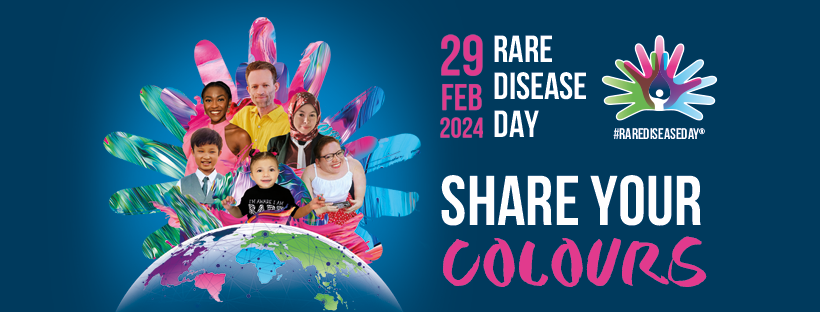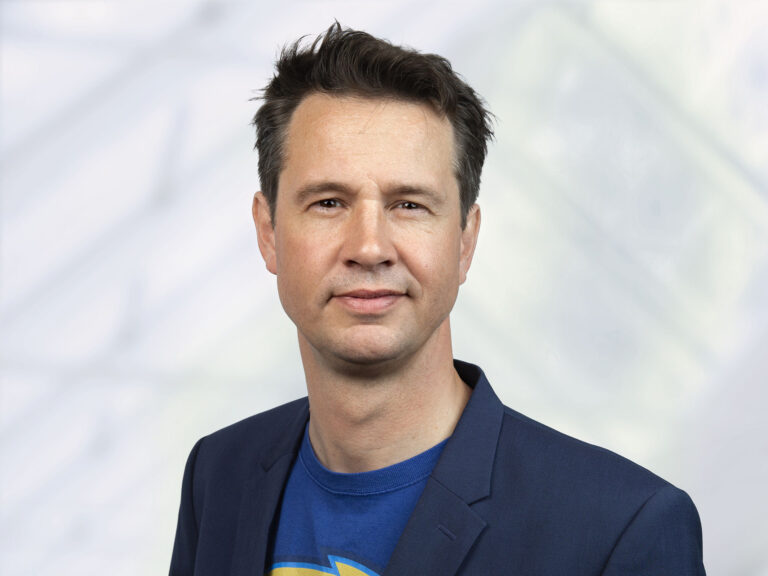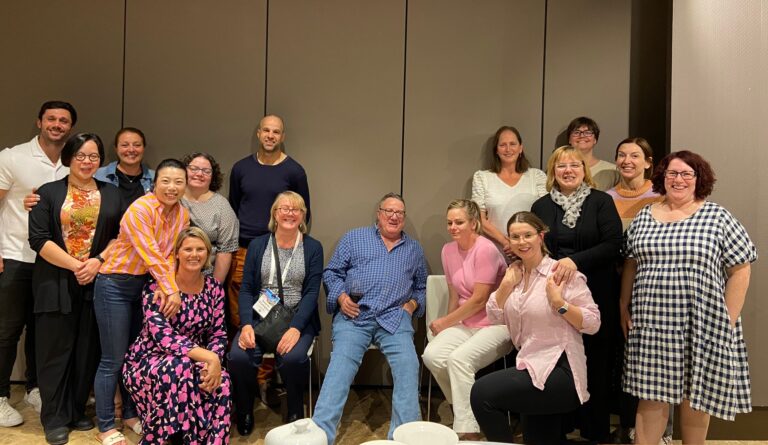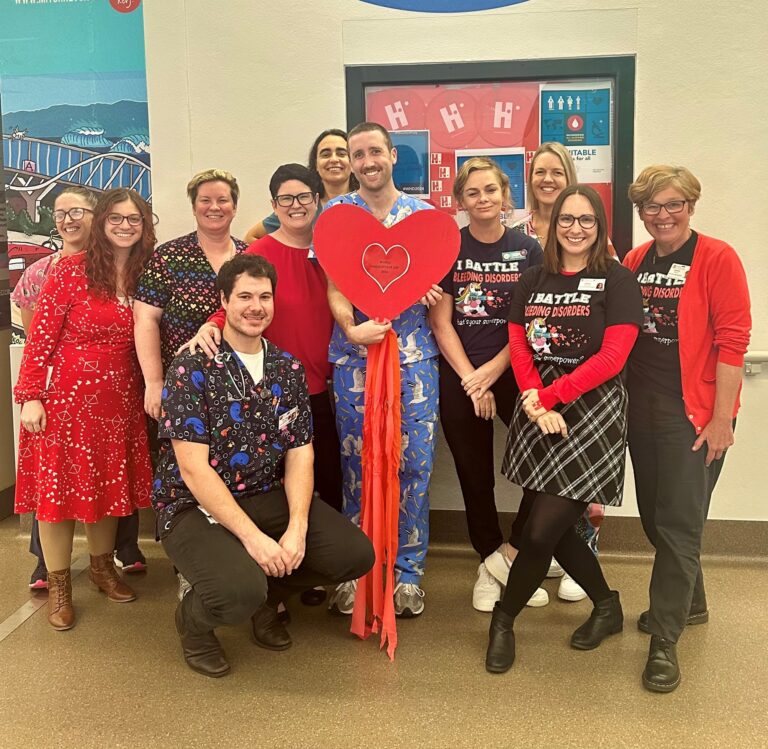Today, on 29 February 2024 we mark Rare Disease Day – a rare leap year day and very fitting for a worldwide event to raise awareness and generate change for people with rare diseases.
Join us in our awareness campaign as we take the opportunity to share personal stories and acknowledge the challenges for our community members who live with a rare bleeding disorder.
The theme of Rare is many. Rare is strong. Rare is proud reminds us how important it is to come together as individuals and connect as a community.

Today we hear from community members Allison, who tells her story of living with Glanzmann thrombasthenia, and Elizabeth, sharing her experience of being the parent of a teenage daughter who is growing up with the condition.
Our thanks to Allison and Elizabeth for their generosity in sharing their experiences.
How rare is rare?
How rare is a rare disease? A disease is considered rare if it affects less than 1 in 2,000 people. Haemophilia is rare, but some bleeding disorders are very rare.
Approximately:
- 1 in 6,000 males has haemophilia A
- 1 in 30,000 males has haemophilia B
- Researchers are gathering data on females with haemophilia.
But for example:
- Factor X (10) deficiency only affects 1 in a million people.
- Type 3 VWD is the rarest form of von Willebrand disease, occurring in 1 in 500,000 people in countries like Europe and the USA.
Sometimes these rare bleeding disorders are not well-recognised. Only several hundred people have been diagnosed with Glanzmann thrombasthenia worldwide, and it is thought that others are undiagnosed. (1,2)
Many people with rare diseases speak of feeling isolated. They may never have met another person with their condition. If they are the first in their family with the condition, it may have taken a long time for them to be diagnosed. Women and girls with haemophilia also talk of not being believed because of the common assumption that only males have haemophilia.
When rare diseases are very rare and numbers are small, this can mean that the development of new and highly effective treatments is slow. There may even be no treatment that specifically targets that condition. For example, you are most likely aware of the great excitement worldwide about the new therapies for haemophilia and the difference they make to reducing bleeds and quality of life – but at the same time there is no specific clotting factor concentrate to treat factor V (5) deficiency and fresh frozen plasma may be used for treatment instead.
How can you help?
You can help to raise awareness by sharing the stories of people with bleeding disorders through your personal networks.
Perhaps you have a story about living with a rare bleeding disorder you would like to share yourself? Click here to tell us more about your story.
For more information
- Visit the Rare Disease Day website.
References
- Australian Government. Department of Health. What we’re doing about rare diseases. https://www.health.gov.au/health-topics/chronic-conditions/what-were-doing-about-chronic-conditions/what-were-doing-about-rare-diseases Accessed 20 February 2024
- Orphanet: the portal for rare diseases and orphan drugs. https://www.orpha.net/ Accessed 21 February 2024





